Avoid This: What Not To Plant With Bee Balm
Hey there, green thumbs! Now, we all adore bee balm, right?
That showy, aromatic perennial that brings all the bees to the yard.
But just like that one guest who never plays nice at parties, bee balm doesn’t gel with everyone in the garden.
Yep, some plants just rub bee balm up the wrong way, and it ain’t afraid to show it.
But don’t sweat it, plant pals. I’ve got the scoop on which plants are a big ol’ no-no when it comes to sharing soil with your beloved bee balm.
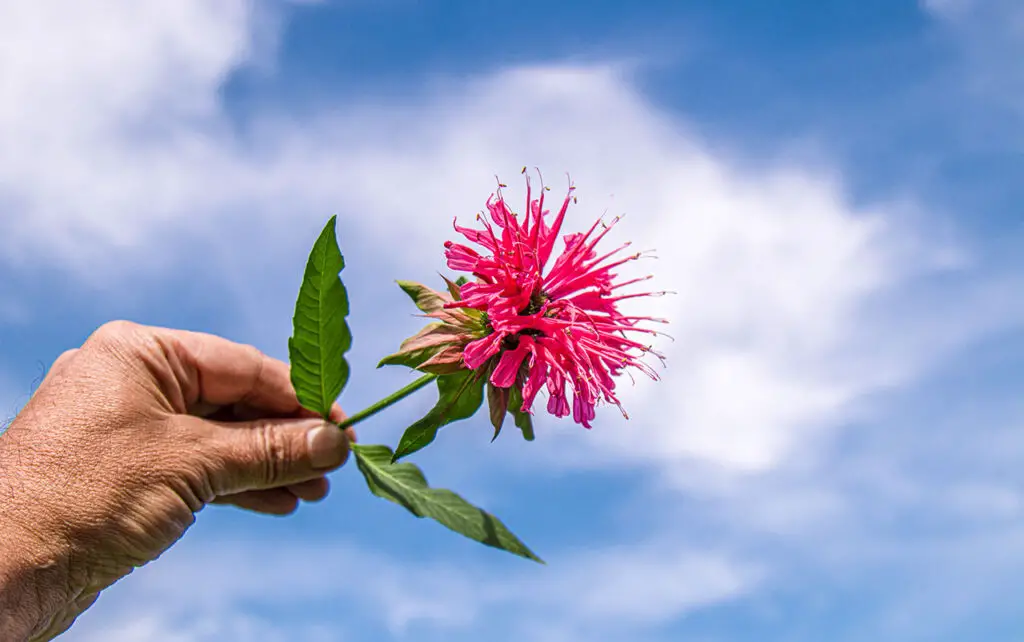
So let’s look into the world of bee balm companionship – or rather, those plants that aren’t invited to bee balm’s garden party.
By the time we’re done, you’ll know exactly what not to plant with bee balm, ensuring your garden remains a harmonious haven for all your botanical buddies.
Understanding Bee Balm Plant
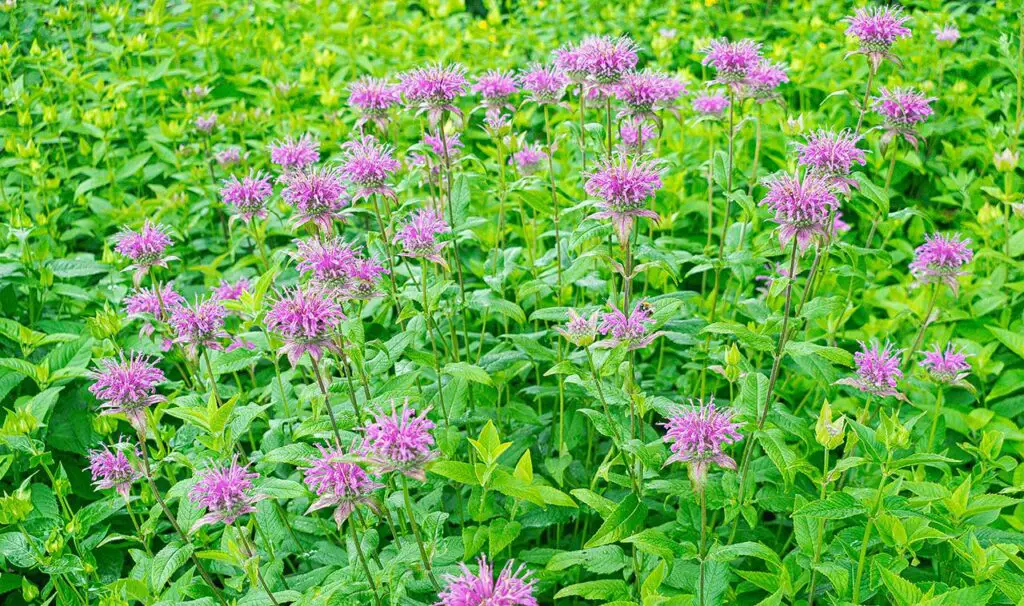
Bee balm, also known as bergamot or Monarda, is a perennial herb with a unique appearance and delightful flowers.
A member of the mint family, this North American native thrives in full sun with at least six hours of direct sunlight a day.
The flowers come in various hues like red, purple, pink, and white.
Bee balm plants usually vary in height from 2 to 4 feet and have a spread of 2 to 3 feet.
With an ability to attract pollinators such as bees, butterflies, and hummingbirds, bee balm is an excellent addition to your garden to support these vital creatures.
Besides, even when not in bloom, the seed heads of the plant draw in birds throughout colder months, fostering biodiversity in your backyard.
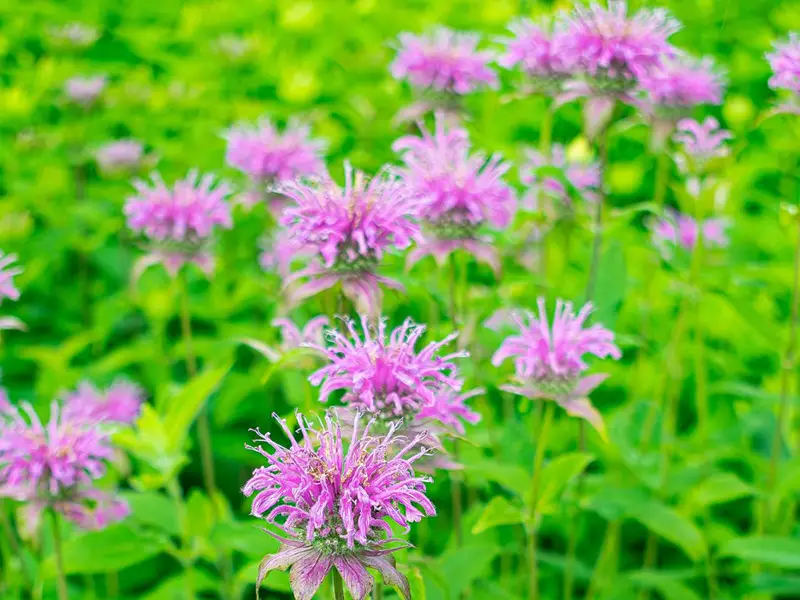
To ensure the health and longevity of your bee balm plant, it is crucial to provide it with well-drained and fertile soil.
It prefers soil that is slightly acidic to neutral with a pH between 6.0 and 7.0.
Regularly adding compost or organic matter to the soil can further enhance its fertility and structure.
However, bee balm is also susceptible to powdery mildew, which is a fungal disease that looks like white or gray patches on the leaves.
To prevent this issue, ensure your plant has adequate air circulation and spacing.
Watering at the base of the bee balm plant, instead of from above, can also aid in preventing the spread of mildew.
With numerous varieties of bee balm to choose from, you can find the perfect fit that suits your garden’s aesthetics and size.
Incorporating bee balm into your garden not only adds beauty and charm, but it also promotes a healthy ecosystem supporting both pollinators and birds.
Remember, healthy plants require proper care and attention, so ensure you’re meeting your bee balm plant’s needs throughout its life.
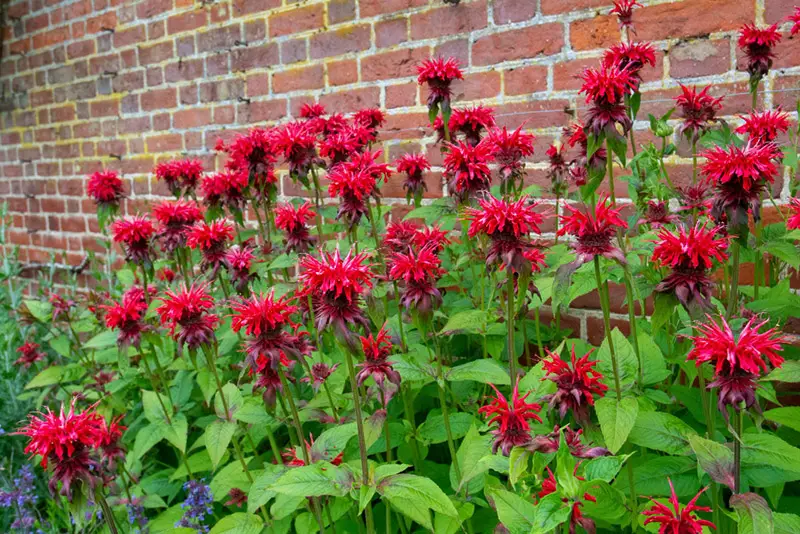
What To Avoid Planting With Bee Balm
Before you start planting with wild abandon, take a moment to make sure you’re not putting any of these plants near your bee balm.
Tall Plants
Avoid planting tall plants near your bee balm, like sunflowers, as they can shade out your bee balm and deprive it of the essential sunlight it needs to thrive.
Taller plants can also compete for valuable nutrients in the soil, making it difficult for your bee balm to grow healthily.
Shade-Loving Plants
Bee balm prefers full sun, so avoid planting shade-loving plants nearby, as their contrasting light requirements might create issues.
Examples of these plants to avoid include:
- astilbes
- hostas
- ferns
Shade-loving plants might suffer from too much sun exposure when they are planted close to bee balm, which can result in stress or damage to the plants.
Aggressive Spreaders
Plants with an aggressive spreading habit should be kept away from your bee balm.
Examples of these plants to avoid include:
- lemon balm
- mint
- certain varieties of invasive grasses
Bee balm itself can spread quite rapidly, so pairing it with other prolific spreaders can result in overcrowded and chaotic planting conditions.
Give your bee balm the space it needs to grow without being outcompeted by assertive neighbors.
Allelopathic Plants
Allelopathic plants release chemicals into the soil that can inhibit the growth of neighboring plants. Keep such plants away from your bee balm to ensure its proper growth and health.
Examples of these plants to avoid include:
- sunflowers
- sorghum
- black walnut
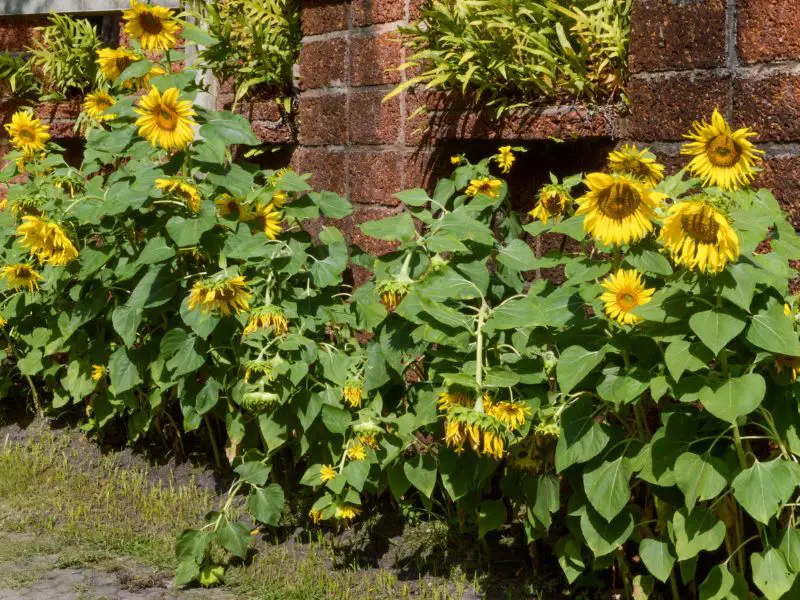
Research allelopathic plants before planting them in close proximity to bee balm.
Waterlogged Soil Plants
Bee balm prefers well-draining soil, so avoid planting it alongside plants that require consistently moist or waterlogged soil conditions.
Examples of these plants to avoid include:
- marsh marigolds
- irises
- ligularias
These differing soil requirements may lead to challenges in properly attending to the needs of each plant if they are placed in the same garden bed.
Plants Susceptible to Similar Pests and Diseases
To maintain a healthy and balanced garden ecosystem, avoid planting bee balm near plants that are susceptible to similar pests and diseases, like zinnias.
Keeping a diversity of plants with different disease and pest challenges can help reduce the risk of widespread issues in your garden.
Cultivating Bee Balm
Bee balm originates from North America and is known for its medicinal properties, vibrant foliage, and its ability to attract bees and butterflies.
To grow bee balm successfully, you should be aware of the specific needs and care it requires.
You should plant bee balm in well-drained soil either in the spring or fall.
While this awesome plant prefers full sun, it can tolerate partial shade, especially when grown in hotter climates.
Aim to give the plant at least 6 hours of sunlight daily.
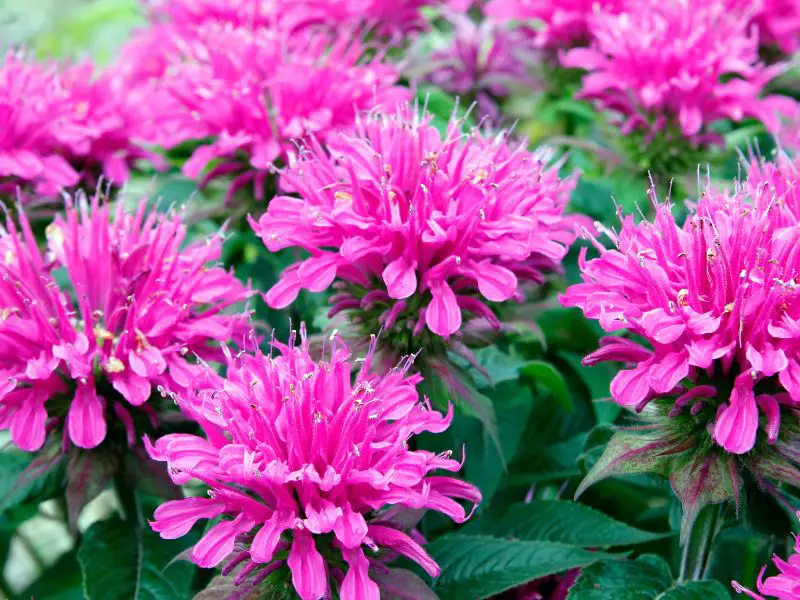
Bee balm thrives in a soil pH range of 6.0 to 7.0, so don’t forget to test and adjust your soil accordingly.
Space your bee balm plants about 18 to 24 inches apart to ensure proper air circulation, helping to prevent common problems like mildew.
When it comes to watering, bee balm prefers consistently moist soil but can also tolerate brief periods of drought.
Overwatering you bee balm plants can lead to root rot, so make sure to strike a balance.
Including compost in your soil mix or incorporating it as a top dressing can help retain moisture while also providing essential nutrients.
During the growing season, it’s crucial to deadhead your bee balm, which means removing faded or spent blooms.
Deadheading encourages healthier growth and more prolific flowering.
Bee balm is hardy to USDA zones 4-9, making it a versatile addition to gardens across a wide range of climates.
One of the main issues you might face when growing bee balm is powdery mildew.
To prevent this problem, it’s essential to maintain good air circulation and avoid overcrowding.
Additionally, choose cultivars that are resistant to mildew, such as Marshall’s Delight or Jacob Cline.
When it comes to pests, bee balm is typically resistant to most critters, but an infestation of aphids or spider mites can occasionally occur.
If you notice any pests on your plants, make sure to treat them with neem oil or an insecticidal soap to keep those little bugs at bay.
Finally, bee balm can become quite aggressive in the garden as it has a tendency to spread.
To control its growth, you may need to divide the plant every 2-3 years.
This process helps promote a healthier root system and ensures an abundance of blooms.
By following these guidelines, you are well on your way to cultivating a beautiful and flourishing bee balm garden.
